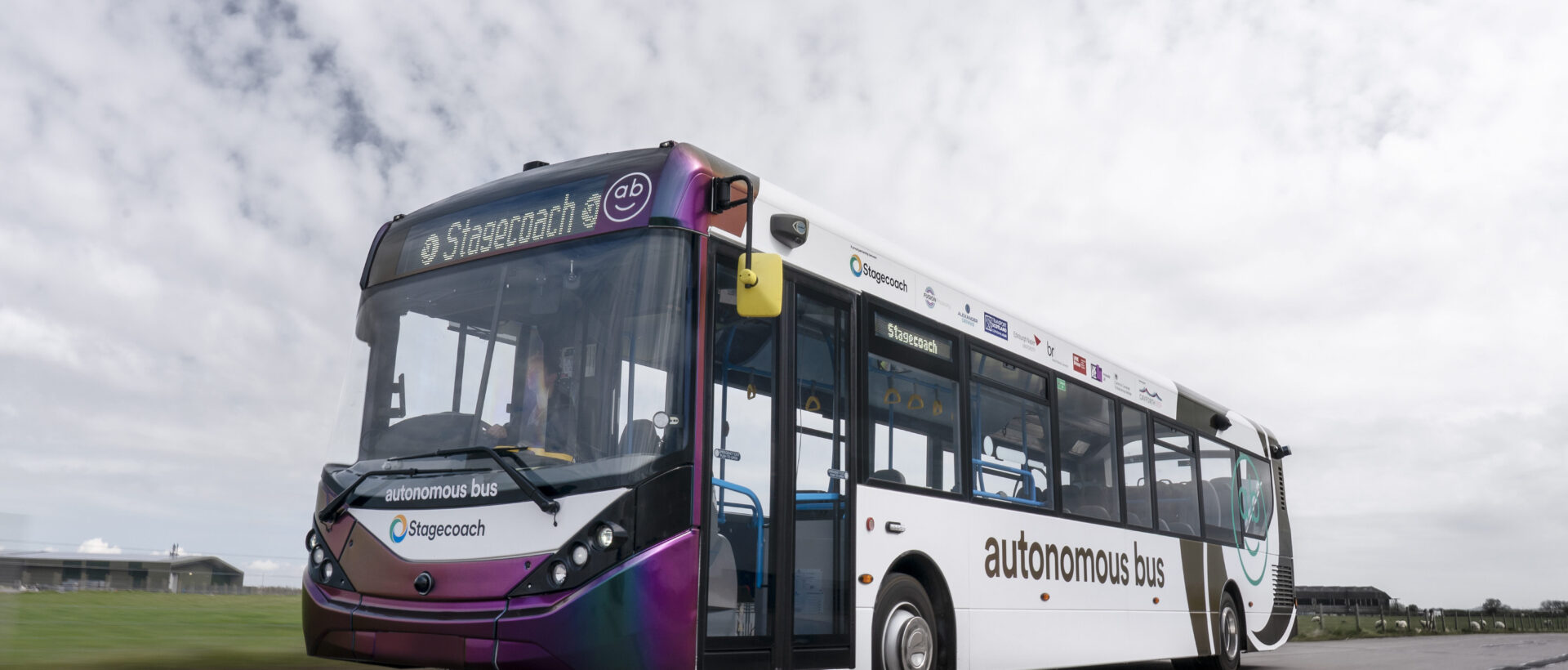Karsan has unveiled plans to deploy Sweden’s first Level-4 autonomous bus into passenger service in Gothenburg from August 2025.
The Karsan Autonomous e-ATAK will operate between Gothenburg’s Central Station and Liseberg Station, providing an efficient transportation solution for the Gårda region.

Karsan’s Autonomous e-ATAK is the world’s first and only Level-4 autonomous bus designed for ticketed passengers in open traffic. With operations already established in Norway, Finland, and the USA, the model has accumulated over 100,000 kilometres of service and transported 35,000 passengers.
Following this success, the bus will now join Sweden’s public transportation network in collaboration with Västtrafik, Vy Buss, ADASTEC, and Applied Autonomy.
Karsan CEO Okan Baş said:The Autonomous e-ATAK has consistently proven its reliability and advanced capabilities, even in challenging conditions. Its introduction in Sweden reaffirms our commitment to shaping the future of mobility through sustainable, autonomous technology.
This project will integrate ADASTEC’s flowride.ai platform with Gothenburg’s transit infrastructure, ensuring seamless operations along the 5-kilometre route.
The bus will operate as part of Västtrafik’s public transportation network, connecting key destinations and enhancing urban connectivity.
Dr. Ali Ufuk Peker, CEO of ADASTEC, said:The flowride.ai software developed by ADASTEC has proven itself with real-world applications in buses integrated by Karsan at the factory, adding value to local communities with sustainable and accessible public transportation solutions. This project in Gothenburg once again demonstrates the global importance of autonomous public transportation for sustainability and urban mobility. We believe that such initiatives will lay an important foundation for creating smarter, more connected cities that reduce carbon footprint and increase inclusivity in the future.
The Autonomous e-ATAK includes an advanced Sensor Suite combining LiDAR, radar, RGB cameras, and GNSS for precise navigation and situational awareness. This enables it to carry out fill autonomous operation, performing all driver functions, including managing stops, intersections, and traffic signals.
The electric vehicle can charge fully in 3 hours with DC units, ensuring continuous service with minimal downtime.



















